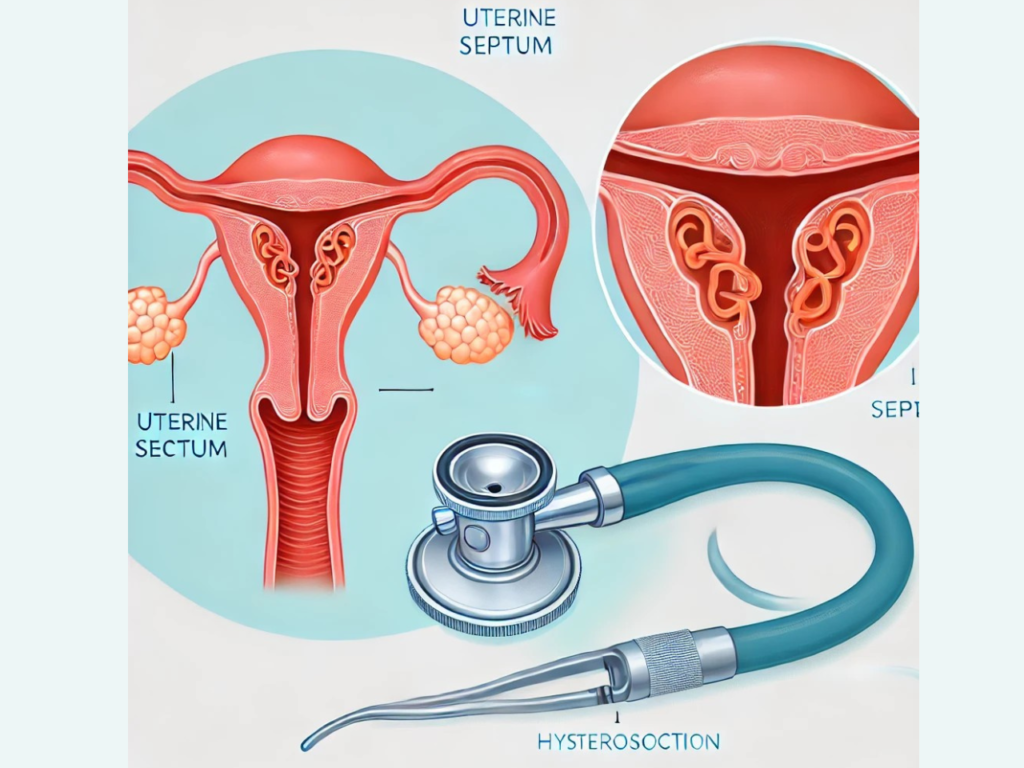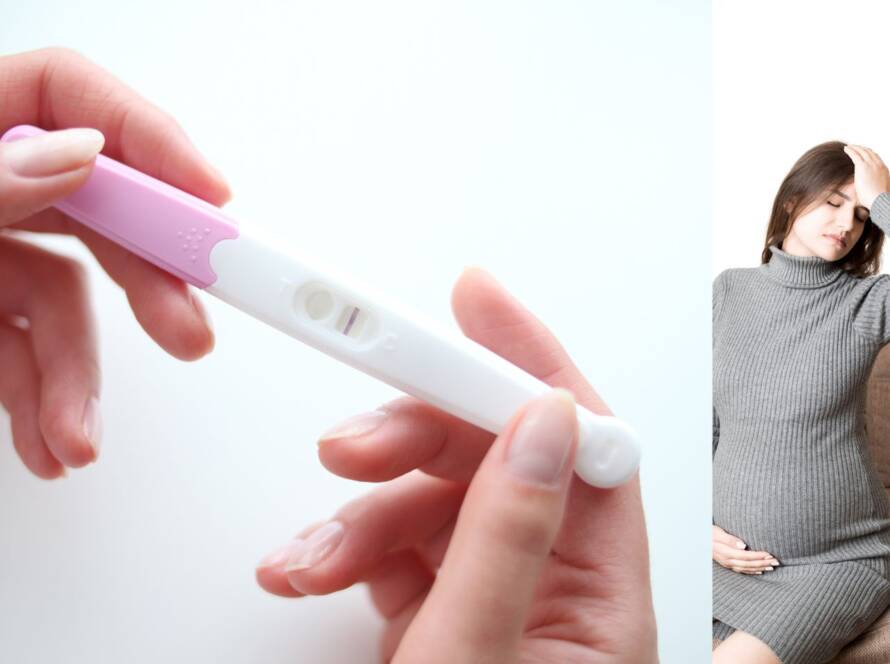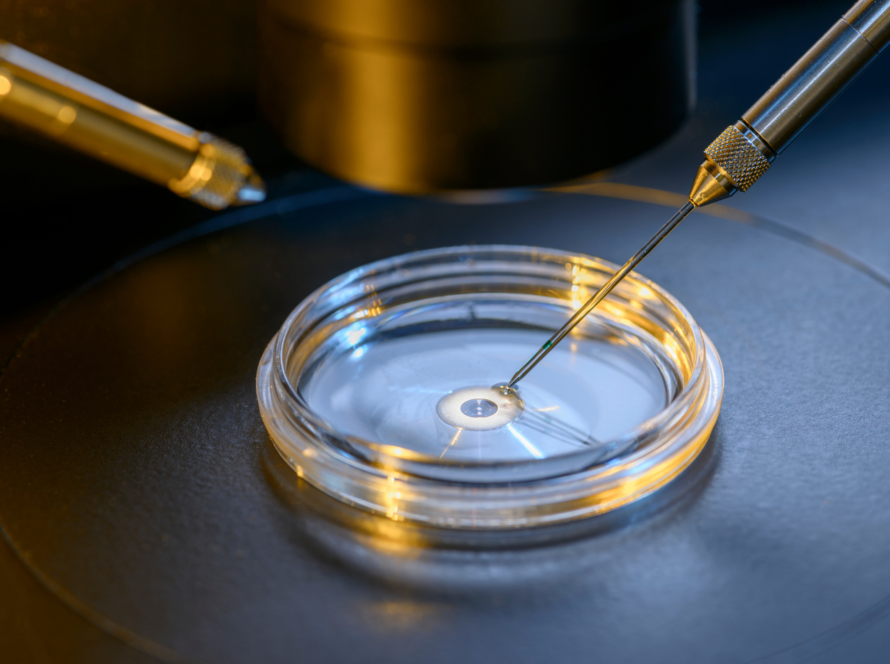What Is Septal Resection?
Septal resection is a minimally invasive surgical procedure performed to remove a uterine septum—a congenital condition where a fibrous or muscular wall divides the uterus partially or completely. This condition, known as uterine septum or septate uterus, is one of the most common causes of recurrent miscarriages and infertility in women.
The procedure is usually done using hysteroscopic surgery, ensuring minimal discomfort and quick recovery.

Why Is Septal Resection Needed
A uterine septum can cause:
Recurrent Miscarriages: Due to poor blood supply to the embryo.
Infertility: Difficulty in implantation of the fertilized egg.
Preterm Labor: Increased risk of premature birth.
Painful Periods and Irregular Menstruation: Due to abnormal uterine structure.
Complicated Pregnancies: Leading to breech birth or C-section delivery.
Septal resection helps improve fertility outcomes and ensures a healthier pregnancy.
Step-by-Step Procedure of Septal Resection
1. Pre-Surgery Evaluation
A doctor performs ultrasound or MRI to confirm the presence of a uterine septum.
Hysteroscopy or Sonohysterography may be done for detailed uterine imaging.
2. Anesthesia Administration
The procedure is usually performed under general or local anesthesia.
3. Hysteroscopic Septal Resection
A hysteroscope (thin, lighted tube) is inserted through the vagina into the uterus.
Special instruments or a laser are used to remove the septum without incisions.
4. Recovery and Follow-Up
Most patients go home the same day and recover within a few days.
A follow-up scan ensures proper healing and improved uterine structure.
Benefits of Septal Resection
Increases Pregnancy Success Rates: Reduces miscarriages and improves implantation.
Minimally Invasive Procedure: No major incisions, leading to faster recovery.
Lower Risk of Pregnancy Complications: Reduces chances of preterm labor or breech delivery.
Quick Recovery: Most women resume normal activities within 1-2 days.
Improves Overall
Reproductive Health: Helps in better menstrual cycle regulation.
Who Should Consider Septal Resection
Women with recurrent miscarriages or unexplained infertility.
Those diagnosed with uterine septum via ultrasound or MRI.
Women experiencing painful or irregular menstrual cycles.
Patients with a history of pregnancy complications like preterm birth.
Possible Risks and Considerations
Mild Cramps or Spotting: Common after surgery but resolves quickly.
Infection Risk: Rare, but antibiotics may be prescribed as a precaution.
Uterine Scarring (Asherman’s Syndrome): Can be minimized with proper post-operative care.
Temporary Abstinence from Pregnancy: Doctors may recommend waiting 1-3 months before trying to conceive.
FAQs
Most women recover within a few days, with full healing in 4-6 weeks.
No, it is done under anesthesia, and post-operative discomfort is usually mild.
Doctors generally recommend waiting 1-3 months before attempting pregnancy.
The procedure is safe, but in rare cases, scar tissue formation may occur, requiring follow-up care.
Conclusion:
Septal resection is a safe and effective solution for women struggling with recurrent miscarriages or infertility due to a uterine septum. By improving the structure of the uterus, this procedure enhances the chances of a successful pregnancy and ensures better reproductive health. If you have been diagnosed with a septate uterus, consult a fertility specialist to discuss the best treatment options for you.



